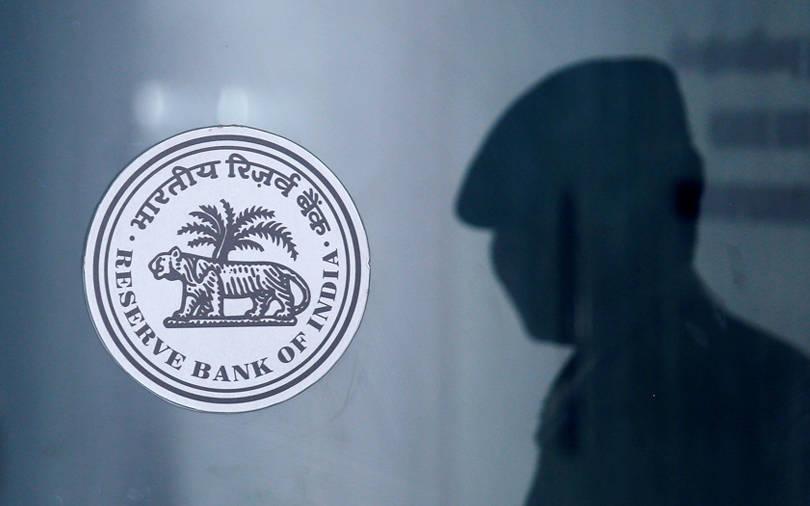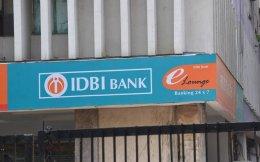The central bank has proposed a tighter regulatory framework to harmonise classification of bad loans of non-banking financial companies (NBFCs).
In a discussion paper released on Friday, the Reserve Bank of India has suggested that “the regulatory and supervisory framework of NBFCs shall be based on a four-layered structure.”
The new norms come in the wake of the NBFC crisis that unfolded since the fall of Infrastructure Leasing and Financial Services (IL&FS) in September 2018.
NBFCs were the largest net borrowers of funds from the financial system, with gross payables of Rs 9.37 trillion and gross receivables of Rs 0.93 trillion as of September-end.
Four tiers
At the bottom of the pyramid, with least regulatory intervention, will be peer-to-peer lending platforms, account aggregators, non-operative financial holding companies of up to Rs 1,000 crore asset size.
The next or the middle layer will consist of those currently classified as systemically important such as deposit-taking NBFCs, housing finance companies, standalone primary dealers, infrastructure finance companies, infrastructure debt fund and core investment companies.
The next or upper layer will consist of systemically significant NBFCs with large spillover risks.
The asset-size threshold for systemically important NBFCs has also been proposed to be revised from Rs 500 crore to Rs 1,000 crore.
Of 9,425 non-deposit-taking NBFCs, a total of 9,133 entities have an asset size of less than Rs 500 crore.
If the threshold is raised, the number of NBFCs in this layer would go up by 76 to 9,209.
“There is no parallel for this layer at present, as this will be a new layer for regulation. The regulatory framework for NBFCs falling in this layer will be bank-like, albeit with suitable and appropriate modifications,” the RBI said.
The top of the pyramid will ideally remain empty.
Norms on capital, others
Large NBFCs will have to maintain a 9% common equity Tier-I capital ratio, just like banks.
In case of base layer NBFCs, the regulator proposed that NPA classification norm of 180 days be “harmonised” to 90 days. Larger NBFCs have a 90-day norm at present.
The central bank has called for feedback on this discussion paper.
The regulator further said that if a certain entity slotted for the upper layer wants to drop out of that tier, it can scale down operations and reduce interconnectedness and complexity.
The RBI also proposed rules for IPOs. "While there is a limit of Rs 10 lakh for banks for IPO financing, there is no such limit for NBFCs. Taking into account the unique business model of NBFCs, it is proposed to fix a ceiling of Rs 1 crore per individual for any NBFC," it said.






